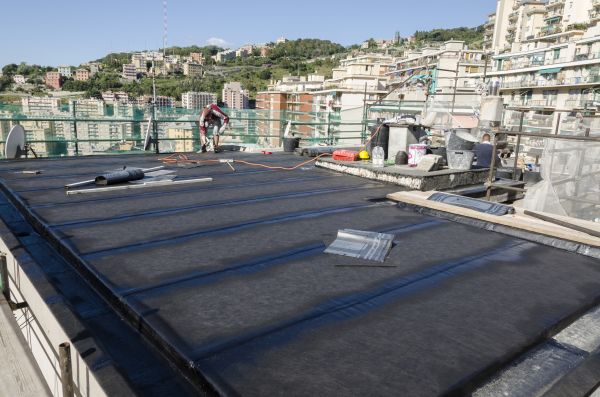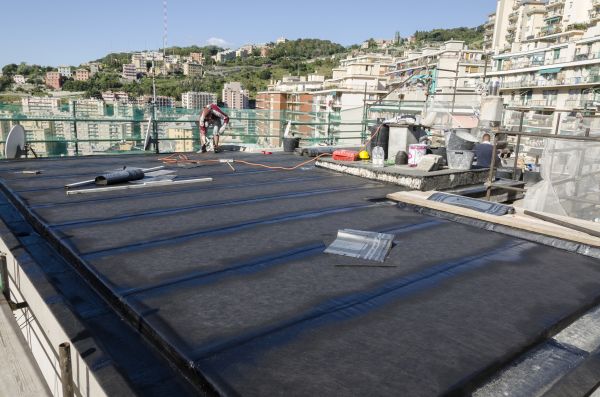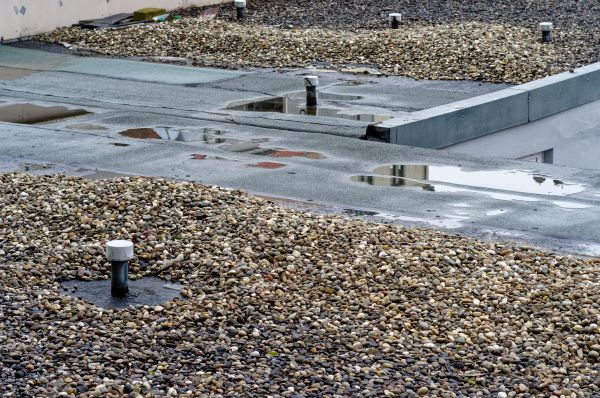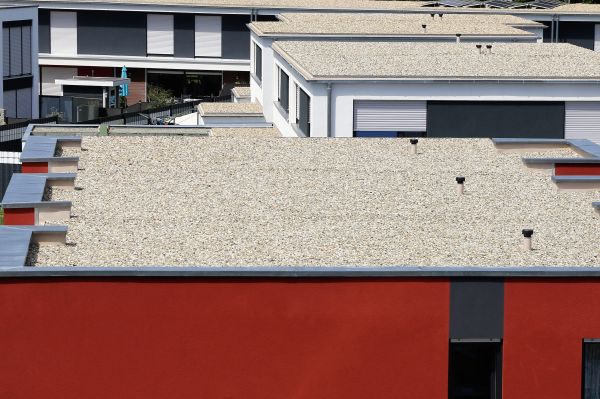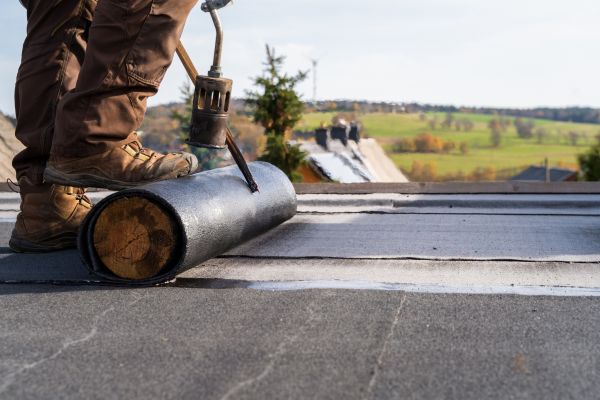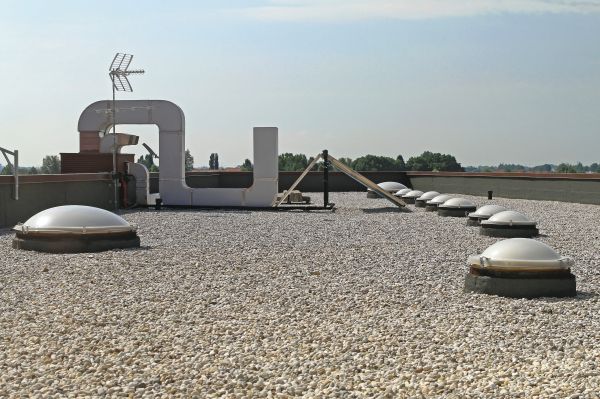Tar Roof Repair
Connect with experienced local pros.
Tar roof repair is a crucial maintenance task for preserving the integrity and longevity of flat or low-slope roofs. Over time, exposure to the elements can cause tar roofs to develop cracks, blisters, or leaks. Addressing these issues promptly is essential to prevent water damage, structural deterioration, and costly repairs down the line. Regular maintenance and timely repairs ensure that the roof continues to provide effective protection against weather conditions, thereby safeguarding the building's interior and enhancing its value.
Benefits of Tar Roof Repair
-
Enhanced Durability
Regular repair and maintenance of tar roofs significantly enhance their durability. By addressing minor issues before they escalate, the roof's lifespan is extended, ensuring continued protection for the building. This proactive approach prevents the need for premature roof replacement, saving considerable resources in the long run. -
Improved Energy Efficiency
A well-maintained tar roof contributes to better energy efficiency by providing effective insulation. Repairing cracks and leaks minimizes heat loss in the winter and keeps the building cooler in the summer, leading to reduced energy consumption and lower utility bills. -
Cost Savings
Investing in timely tar roof repairs can lead to substantial cost savings. By preventing minor issues from developing into major problems, building owners can avoid expensive emergency repairs and potential damage to the building's interior, preserving both the structure and its contents. -
Increased Property Value
A well-maintained roof adds to the property's overall value. Prospective buyers or tenants are more likely to be attracted to a building with a solid, reliable roof, making it a worthwhile investment for property owners looking to sell or lease.
FAQs About Tar Roof Repair
What are the signs that a tar roof needs repair?
Common signs include visible cracks, blisters, or bubbles on the roof surface, water stains on ceilings, and noticeable leaks during rainfall.
How often should a tar roof be inspected?
It is advisable to inspect a tar roof at least twice a year, ideally in the spring and fall, and after any major weather events to catch any potential issues early.
Can tar roof repairs be done in any weather?
Repairs are best carried out in dry conditions to ensure the materials adhere properly and the repairs are effective. Wet or icy conditions can hinder the repair process.
Is it possible to repair a tar roof without professional help?
While minor repairs might seem manageable, professional expertise ensures that repairs are done correctly and comprehensively, preventing future issues.
Fill out the contact form to request Tar Roof Repair today and experience the benefits of professional maintenance, including enhanced durability, improved energy efficiency, and increased property value.

